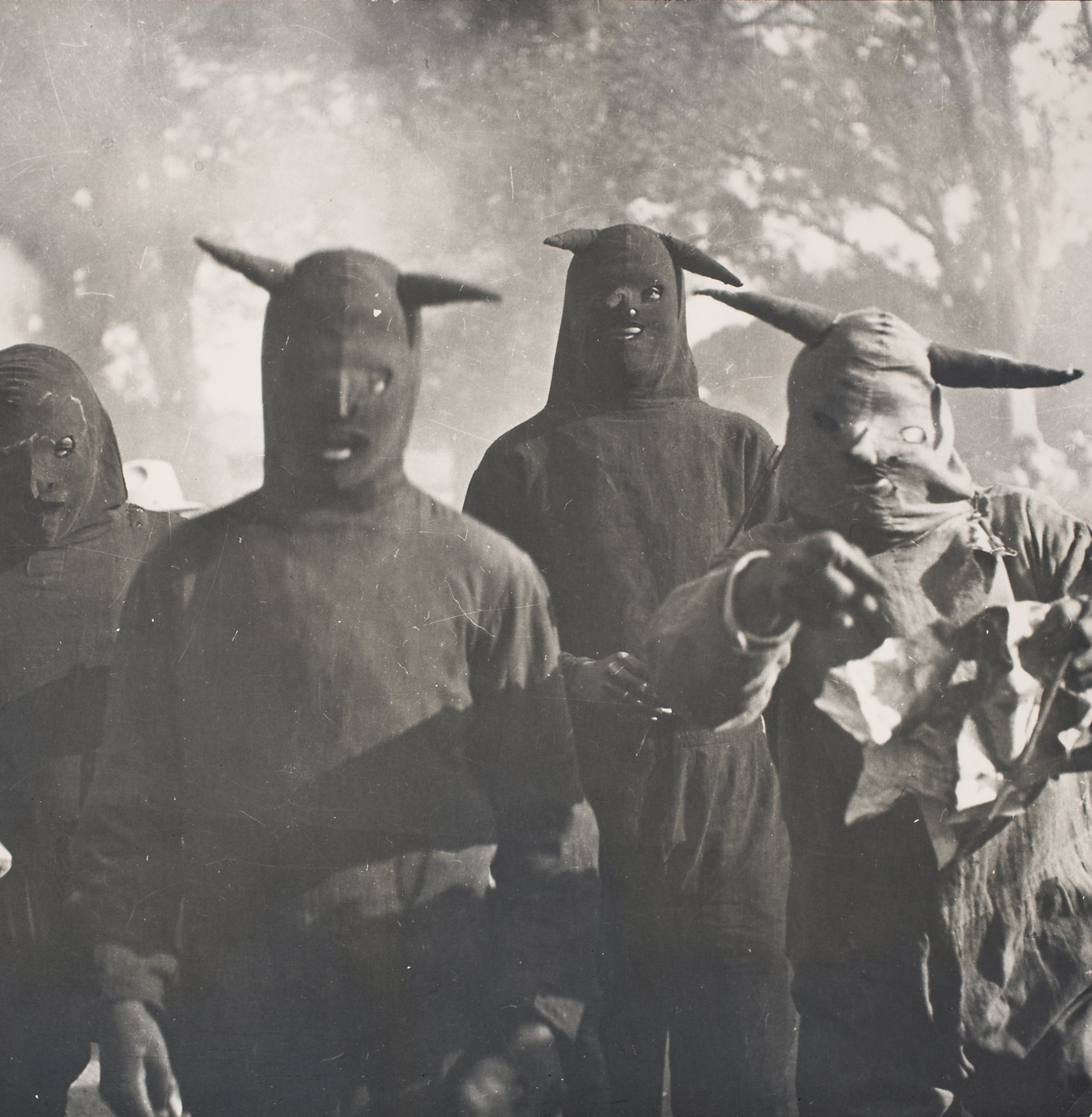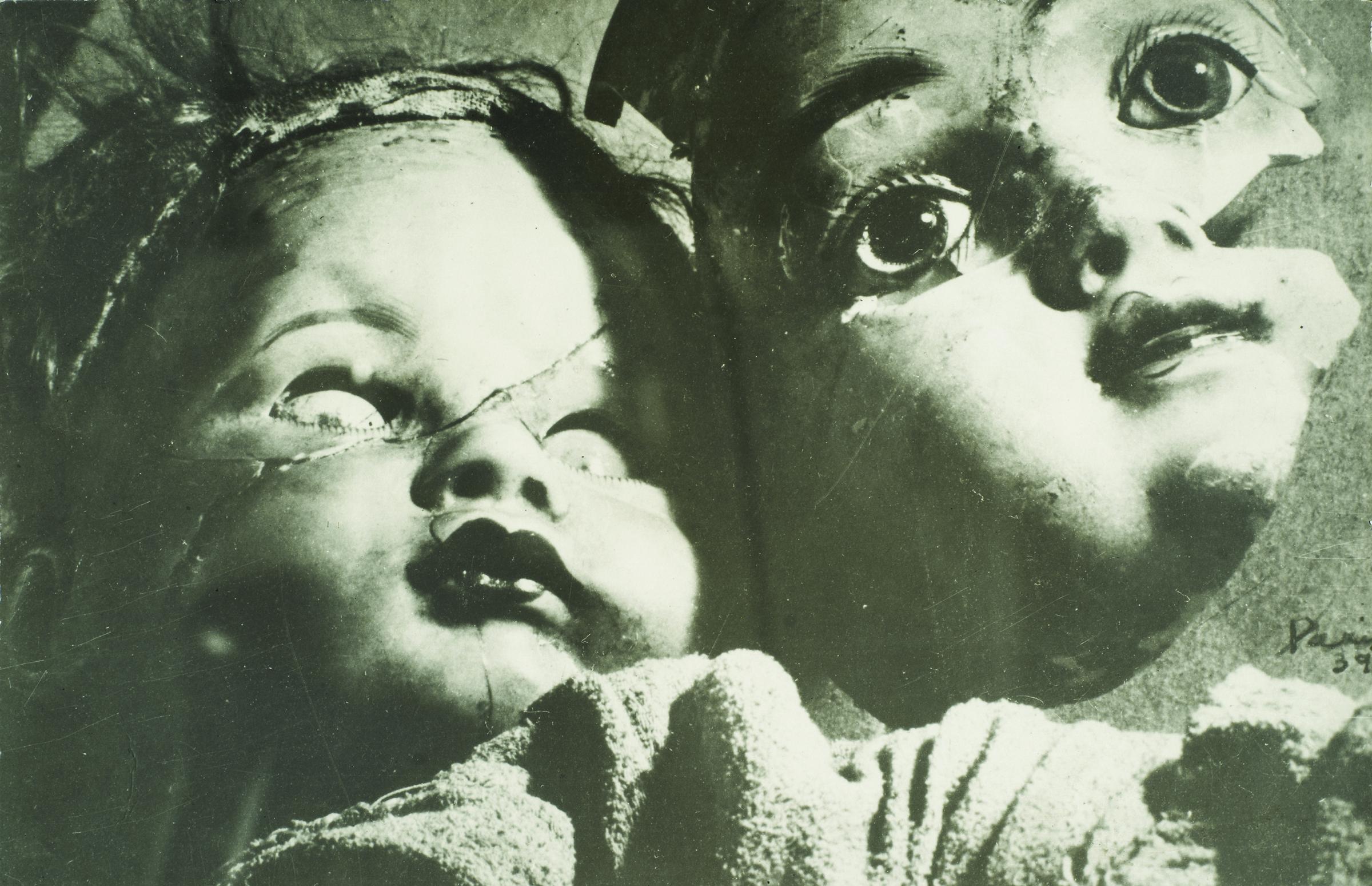
When Kati Horna covered the Spanish Civil War, she was alongside documentary photography giants such as Robert Capa, her childhood friend. Yet, her unusual, surrealist-inspired images of that conflict stand in stark contrast to Capa’s frontline photographs, making her contributions to the annals of conflict photography even more singular.
Horna’s adventurous life took her from her native Hungary to Berlin, Paris, and ultimately Mexico. She was born Katalin Deutsch in 1912 to a Jewish family in Budapest; there she met Capa (then known as Endré Friedmann) when she was a teenager. The two quickly became inseparable, signed up in the same left-wing movement, and took up photography, often making each other’s portraits.
In 1930, Horna and Capa were separated when she went to live in Berlin. In the German capital, she worked for Simon Guttman’s agency, Dephot, and met with playwright and theatre director Bertolt Brecht as well as painter and photographer Lazlo Moholy-Nagy. The latter’s photomontage work and his double-exposure photographs were to be a lasting influence.
In March 1933, when the National Socialist Party came to power, Horna fled to Paris, where she was reunited with Capa. Armed with a 6×6 Rolleiflex, she did reportages on Paris flea markets and cafés for the agency Lutetia-Press, but, immersed in Surrealism’s birthplace, she quickly developed a taste for the staged shot, superimposition, and the image as a poetic narrative.
Four years later, when the Confédération Générale du Travail union asked her to document the Spanish Civil War, she left with Capa and his assistant, Chiki Weisz, as well as Gerda Taro and David “Chim” Seymour. For the next 18 months, she photographed at the Aragon front, Valencia, Barcelona, Madrid and a number of remote towns and villages. Her photographs were published in Spanish anarchist magazines such as Umbral (where she met her future husband, Jose Horna), Tierra y Libertad, Libre-Studio, Tiempo Nuevos and Mujeres Libres.
Like Chim, Horna rarely photographed battlefronts and concentrated on the effects of war on the everyday life of the civil population, especially women and children. Her images of a lonely child, sitting on a house’s stone steps in Vincen, his finger in his mouth; of children playing; or of women washing laundry in a Barcelona fountain, their backs turned to us, radiate a lyrical and melancholy feeling.
Her images of men behind the lines – one shaving, face covered in foam, another sitting down in a field next to a trench to write a letter – display humor and a strong sense of intimacy with her subjects. Others, such as La Madre Espana, her hand hiding her face, and another of an old woman in profile, her black headscarf blowing in the wind, become symbols of suffering or defiance.
In some of her most original works, Horna used the photomontage and superimposition techniques that she had learned from Moholy-Nagy and the Surrealists to create strong, disquieting images.
In a 1937 photograph, the portrait of an old woman and that of a child behind her seem to float under a caved-in roof, over a building’s rubble. In another, the silhouette of a begging child appears in front of a wall covered with Republican posters; the street sign for Gran Via Durruti seems pasted over the closed eyes of Jose Buenaventura Durruti’s plaster death mask — Durruti was a hero of the Anarchist movement.
In Horna’s best-known image, To the Cathedral, the building’s steps occupy the foreground while on the brick wall in the back a woman’s face emerges like a ghost, her expression wistful; her right eye appears behind a barred window, as if she was trapped behind, longing for freedom.
In yet another exile, Horna would end up in Mexico in 1939, where she lived until her death in 2000. “The camera is not an impediment,” she used to say, “It is oneself!” Horna’s work explored emotions, extended the limits of the self and of documentary conventions. It remains as fresh and modern as when she created it, almost 70 years ago.
The Kati Horna retrospective remains open at the Musée du Jeu de Paume, Paris, until September 21st.
Carole Naggar is a photo historian, poet and regular contributor to LightBox.
















More Must-Reads from TIME
- Why Biden Dropped Out
- Ukraine’s Plan to Survive Trump
- The Rise of a New Kind of Parenting Guru
- The Chaos and Commotion of the RNC in Photos
- Why We All Have a Stake in Twisters’ Success
- 8 Eating Habits That Actually Improve Your Sleep
- Welcome to the Noah Lyles Olympics
- Get Our Paris Olympics Newsletter in Your Inbox
Contact us at letters@time.com